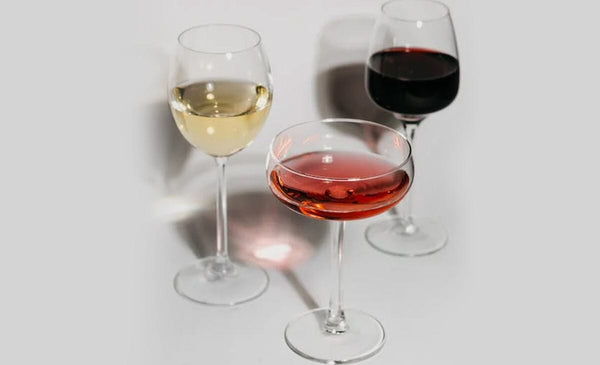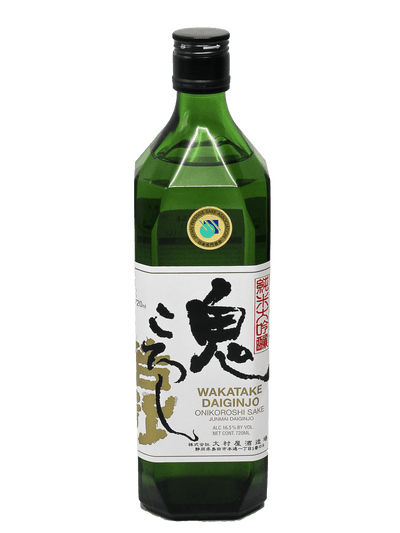What Does the Aroma Tell You About Wine?

For many, the first attraction towards a wine is because of its aroma. You uncork a red wine or white wine bottle. It has intensity and a pleasant aroma, both inviting you to pour a glass. But the “nose” or “bouquet” of a wine does not only cause that first impression. It can tell you about the wine’s biography and something about the history of the grapes with which it was made.
Traces of Grapes and Soil
The first thing that the aroma of a wine can tell us is the grape from which it comes. It is true that this impression is only a first approximation. It will be all the more faithful, the more respectful the winegrower has been with the vineyard environment.
The Importance of the Varietal
If the wine you are tasting is monovarietal, that is, it is made with a single grape variety, the aroma should reflect nuances that guide you towards identifying it. It is easy for a wine made with Monastrell to remind us of black olives. A Garnacha wine, however, will bring us aromas of undergrowth and spices, or a Tempranillo red wine will smell of red or black fruits, depending on the ripeness of the grape. It takes experience to blindly determine the grape with which a wine is made, above all because the brain is not used to memorizing smells. An aroma kit can help you expand your aromatic register. This is about acquiring experience to know where the aroma comes from and what it means for a wine.
How the Wine Region is Reflected
In addition to the variety, the aroma gives us clues about the area in which the vine was grown. Wines made with grapes from cold areas tend to have fresher aromas, while those from warm areas will often be riper and sweeter, and may have some alcoholic notes. A Sauvignon Blanc from Bordeaux, for example, with its characteristic citrus aromas, is not the same as another from New Zealand, in which you will probably discover aromas that will remind one more of tropical fruits.
The Influence of the Kind of Cultivation
We might think that given the same grape variety and the same geographical area, the wines should be very similar. Experience might even lead to that conclusion, since there are Verdejo wines on the market, for example, that are almost clones. However, thinking like this leaves out the influence of the terroir. Grapes from an area with a lot of rain will be less concentrated than those from a drier place. The one that receives more sun will mature to a greater extent before that that in a shadier area. Even in the same appellation there are vineyards that due to their orientation receive more sun. The composition and texture of the soil will determine if it retains more or less moisture.
Winemaking
The aromas also reflect the processes that the must (essentially, the grape juice) undergoes to become wine, that is the fermentations, such as primary and malolactic.
The Importance of Yeast
Although this is not always detectable, the use of industrial yeasts is relevant in the aromas of the resulting wine. Without demonizing these products, there are some that enhance certain aromatics in a specific grape variety. This results in very similar aromatic registers when you order wine online. When a significant number of producers, in addition to using very similar winemaking techniques, use the same type of yeast, the result is wines lacking in personality. Of course, if the vineyard has been treated with systemic products, the use of industrial yeasts is necessary since the indigenous yeasts found in the skin of the grapes will have been sprayed and will be dead. That is one of the reasons for the relationship between environmentally responsible cultivation techniques and quality wine.
Winery Sanitation
Another factor that intervenes in the aromatic quality of a wine is the cleanliness of the winery. The producer may have cultivated the vines with all the care in the world and have a grape of the best quality. The must will enter the winery in the best condition. What will you find there if the space and equipment are not clean? An army of yeasts (or even bacteria) ready to "intervene" in the winemaking process. The result can be indescribable. The wine can be left in a state you might call "rustic" and unstable.
The Conditions of Maturation
With a little experience, you know perfectly well whether or not the aging of the wine in oak has affected its aromas. The aging that the wine undergoes in the bottle also modifies its aromatic profile.
Wood (Usually Oak) as a Quality Factor
The effect produced by aging in barrels depends on the quality of the wood, but also on other factors, such as its size, whether it is new or used, the level of internal toasting and, of course, the length of contact with the wine. Recently, probably due to some excesses, new barrels have been discussed as something pernicious for wine. However, it is another winemaker tool. Depending on the quality of the grapes, their characteristics and, very importantly, the style of wine to be obtained, the oenologist must make appropriate decisions about aging and the type of barrel needed. It is evident that grapes with a higher concentration and designed for a wine to be long aged may require new oak barrels. Another wine intended for consumption in the near term may require used (or no) barrels or a shorter aging time. You can smell the difference.
Life in a Bottle
Bottle maturation also affects the aromas you can perceive in a wine. Long bottle ageing will produce an aromatic profile including memories of game, various types of tobacco, brioche, and dried fruit, among others. These odors are typical of red wine that has rested in bottles under the right conditions. For wines has spent several years in the bottle, slight reductive aromas are normal (notes of cabbage, closed room, for example) shortly after uncorking. This is normal and may be corrected with adequate aeration, either for red wine or white wine.
The Need for Balance
What should always be found in wine aromas is balance. Oak can be part of the aromatic structure of a wine, but it must not be found in such a way that it completely covers up the rest of the aromas. It could even be the case that excessive oak is a defect. Some even say that clear and highly recognizable aromas of vanilla, coconut, or roasted coffee in a wine is a sign that it lacks quality.
Aromatic Complexity
The concept that is one of the most important in terms of the olfactory phase of tasting is aromatic complexity. This is the quality that a wine has to inform about all of the above factors through its aromas; that is, all the stages of the winemaking and aging process. An aromatically complex wine must have primary, secondary, and tertiary aromas. Some may have a leading role over the rest. Older, high-quality wines will also have not aromatic complexity but also persistence.
Did you learn about how to heighten your sense of smell in the case of wine? Please leave us a comment below and read our other wine articles!


















Leave a comment